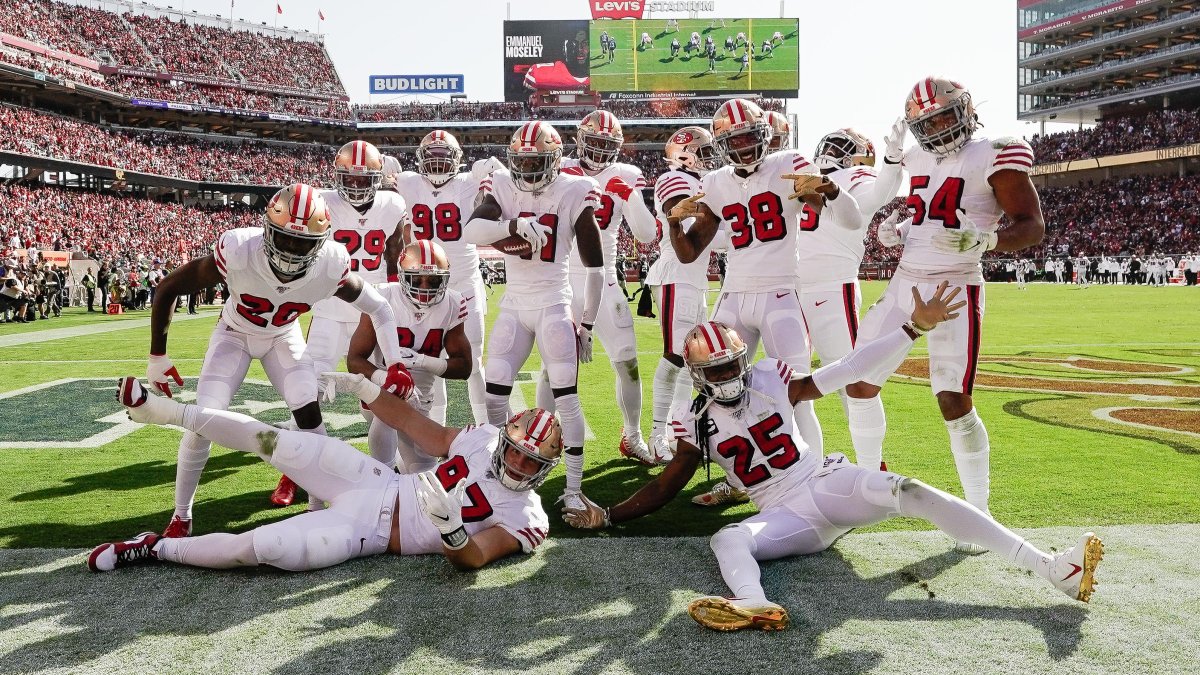In each of the four years from 2015 to 2018, the San Francisco 49ers failed to produce a .500 record and never eclipsed six wins in a season. There was an expectation that the offense would be vastly improved this year with the return of quarterback Jimmy Garoppolo from his torn ACL, but the defense still had question marks. It couldn’t get much worse than what it was so there was hope of marginal improvement on the defense, but no one expected the improvement they actually made.
![]()
After tying for 26th in EPA per play allowed in 2018, the 49ers jumped to second behind only the Patriots. In fact, from 2015 through 2018, San Francisco’s defense hadn’t ranked higher than 25th in EPA per play allowed. Their defense is performing beyond expectation, but how could they have made such a rapid improvement? Let’s dive into the PFF database and illustrate how the San Francisco 49ers' defense went from worst to first:
The pass-rush got better, but it’s not as impactful as you may think
After the San Francisco 49ers finished 27th in team pass-rush grade last season, they jumped all the way up to third in 2019. The selection of Nick Bosa second overall last offseason in the 2018 NFL Draft certainly helped this facet. Through Conference Championship play, Bosa ranks ninth among edge defenders in pass-rush grade (82.1) and third in pressure rate (17.2%) behind only Za’Darius Smith and Von Miller. But he’s not the only one to point to in regard to a pass-rush improvement. Arik Armstead joins Bosa as a top 30 edge defender in pass-rush grade, setting a career-high — and doing so in an important contract year. San Francisco also acquired Dee Ford from the Kansas City Chiefs this past offseason for a 2020 second-round pick. Despite seeing only 215 pass-rushes this season, Ford has made an impact by generating 28 pressures — making it three 49ers among the 30 best edge defenders in pass-rush grade. Even on the interior defensive line, DeForest Buckner is making plays and is 14th among his position in PFF pass-rush grade.
Exclusive content for premium subscribers

WANT TO KEEP READING?
Dominate Fantasy Football & Betting with AI-Powered Data & Tools Trusted By All 32 Teams
Subscribe nowAlready have a subscription? Log in
Exclusive content for premium subscribers

WANT TO KEEP READING?
Dominate Fantasy Football & Betting with AI-Powered Data & Tools Trusted By All 32 Teams
Already have a subscription? Log in



 © 2025 PFF - all rights reserved.
© 2025 PFF - all rights reserved.